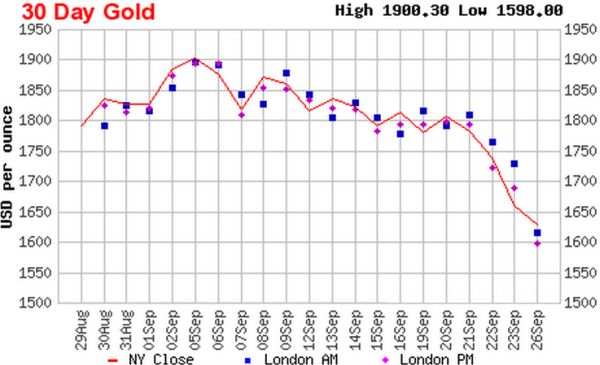Gold has been valued by man since almost the dawn of time. The rarity of the metal and its physical appeal has made it sought after for jewellery and as a source of wealth and power. Gold has been the basis of many currency systems since recorded time and as recently as the 1970s, it formed the (theoretical) backbone of international trade transactions.
Gold has always been seen as a safe haven investment in times of economic uncertainty and it has always played a part in the portfolio of investments of the world’s wealthiest people. In many cultures, it is valued as an asset (usually in the form of jewellery) even by people of much humbler means.
For the modern investor, gold represents a hedge against market uncertainty. The value of gold is set in London each day, but the metal is priced in US dollars. As a consequence of this, is the value of the greenback falls, gold will appreciate in value, providing a hedge against dollar weakness. In turbulent times, the value of stocks and bonds are volatile, but because of its reputation as a safe haven the value of gold tends to appreciate.

Gold: 30 Day Chart
2011 has seen the value of the precious metal hit a series of record highs although it has recently retreated from them as investors have taken profits. At the start of the year, an ounce of gold was trading at $1411; it hit a peak value of around $1876 in August and is currently trading at $1689. Currently then, gold has appreciated by 19.7% – the Dow Jones has slumped by almost 7%.
With great uncertainty over the sovereign debt crisis raging in Europe – and a greater potential sovereign debt storm brewing in the USA and Japan – gold is likely to continue to enjoy a Bull Run for some time to come until the turmoil in stick and currency markets finally abates.
Comments (No)